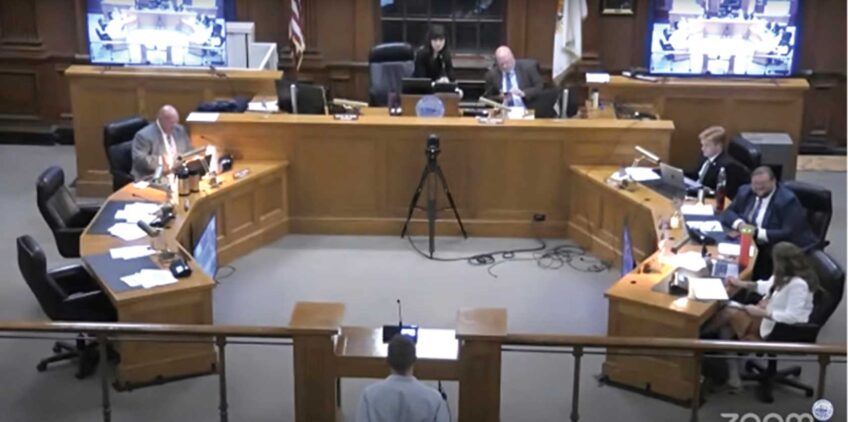BPS officials release 2024 budget
City commits to maintaining increased spending
Boston Public Schools Superintendent Mary Skipper announced a $1.4 billion budget for the 2023-2024 school year — an increase of $65 million over the previous year. The funding increases of the last three years, made possible largely by federal Elementary and Secondary School Emergency Relief (ESSER) money, will be sustained by increased funding from the city, Skipper said.
“In collaboration with my team and school leaders, we’re building a sustainable budget beyond the end of ESSER funding that meets the future needs of our students and lays a foundation for us to invest in our priority areas,” she wrote in a memo to the School Committee.
Among the new investments in BPS is an increase of $9.6 million that will go toward expanding the district’s inclusion classrooms — those in which students with special needs are educated alongside general education students. Inclusion classrooms usually require at least three staff: a general education teacher, a specialist teacher and a paraprofessional to work with students with special needs.
Currently, the district has some schools in which large numbers of students with special needs are educated in separate classrooms. In an audit of the district last year, the state Department of Elementary and Secondary Education (DESE) identified the high concentration of students with special needs in substantially separate classrooms as a deficiency in BPS. State education board members have repeatedly proposed a state takeover of the district.
Increased costs, including salaries, will account for $26 million of the increased spending — just under 2% of the overall $1.4 billion budget.
During last week’s School Committee meeting, Skipper identified the end of ESSER funding and the costs of compensating schools that have declining enrollment as challenges for the budget moving forward. While city funding will take the place of ESSER funding, BPS Chief Financial Officer Nate Kuder noted that the district will likely make cuts and merge school communities as part of the city’s school construction and renovation initiative.
The district has seen enrollment drop from 54,312 students in 2015 to 46,169 in 2022, as families with children have left Boston amid increasing rents, following a trend that has hit most major U.S. cities.
Mayor Michelle Wu has committed $2 billion to a Green New Deal school building initiative aimed at renovating existing buildings and constructing new ones in order to provide students with facilities that include amenities currently lacking in some smaller schools, such as gymnasiums, cafeterias and auditoriums.
District officials have in recent years accelerated the pace of school mergers, consolidating school communities into one building. Skipper said the Green New Deal will ensure that all students have access to “safe, healthy, energy-efficient, inspiring learning environments and spaces.”
This school year is the last during which BPS has access to $400 million in ESSER funding. Wu has pledged to maintain the district’s current level of funding, increasing the city’s overall school spending.
Kuder told School Committee members that the district has embarked on an initiative to re-imagine school funding in Boston. Under the current so-called weighted student funding formula system, schools receive per-pupil funding, with increased funding for students with special needs. A downside to that system is that if a school sees a reduction in its student population and loses funding, the overall costs of keeping classrooms staffed and keeping the building functioning do not decline in proportion to the reduction in funding. The district currently fills such gaps with temporary allocations referred to as “soft landing” funds.
In recent years, the district has sought to ensure that all schools have access to basic resources, such as nurses, counselors and librarians. Kuder said devising a new funding formula would help the district better provide students with needed supports.
“This is another important opportunity for us to define what we want every school to be able to afford, and to align our funding policies with our priorities for closing opportunity and achievement gaps,” he said. “We have the opportunity and responsibility to make sure that our funding practices are explicitly designed to ensure success for the students who need us most.”
Boston Teachers Union President Jessica Tang praised BPS for maintaining the student supports that came with ESSER funding.
“The district understands we need stability,” she said. “Ensuring there are no budget cuts goes a long way toward ensuring that stability and making sure our students continue to be supported. I appreciate that our superintendent and our mayor understand that.”
Hearings on the BPS budget will be held on Feb. 16, March 1 and March 15. The City Council will vote on the BPS budget March 22.







